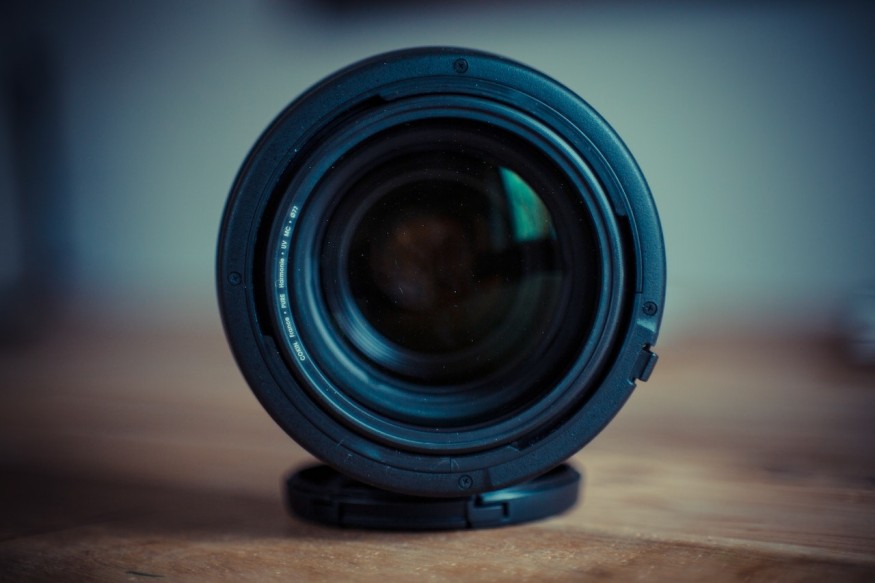
Scientists successfully invented a novel camera that is capable of capturing atomic activity with its shutter speed of 1 trillionth of a second.
1 Trillionth of a Second Shutter Speed
While the market's best digital cameras have shutter speeds of roughly one-four thousandth of a second, a much higher speed is necessary if one wants to capture atomic activity.
As per Science Alert, scientists were able to successfully achieve a shutter speed of 1 trillionth of a second, which is around 250 million times faster compared to other digital cameras. This remarkable shutter speed enables the novel camera to capture a vital aspect of materials science known as dynamic disorder.
Dynamic Disorder
Dynamic disorder takes place when atom clusters dance and move around in a material in certain ways for a particular period. This can be triggered by temperature changes or vibrations, among others. While this is something that scientists have not fully understood, dynamic disorder is vital when it comes to material properties and reactions.
Science Daily reports that knowing more about dynamic disorder can enable the creation of thermoelectric devices with higher energy efficiency. These could be heat pumps or solid-state refrigerators. Aside from that, understanding the phenomenon can also help with better energy recovery from waste heat, such as exhausts from cars or power stations.
Dynamic disorder is hard to examine because clusters are disordered, small, and fluctuating. On top of this, there is also a non-fluctuating disorder within materials that scientists do not exactly focus on because this disorder does not enhance properties.
Before the creation of the camera, it was not possible to see the important dynamic disorder from its background of less important static disorder.
Novel Camera Capable of Capturing Dynamic Disorder
Columbia Engineering and Université de Bourgogne researchers have reported that they were able to come up with a novel camera that is capable of examining dynamic disorder. The research was published in the Nature Materials journal.
The camera's key characteristic is its changing shutter speed. Because of the movement of atom clusters, the dynamic disorder blurred when the researchers used a slow shutter. However, with a fast shutter, they were able to clearly see dynamic disorder.
The researchers dubbed the method variable shutter PDF (vsPDF). It does not function like typical cameras, as it uses sourced neutrons from the ORNL (Oak Ridge National Laboratory) of the Department of Energy in order to gauge the positions of atoms with remarkable shutter speed.
Simon Billinge, who is a professor of materials science, applied physics, and applied mathematics, says that using the vsPDF is the only way to observe such a side of materials. It offers a way to uncover the intricacies that take place in materials that are complex. With such a technique, researchers can examine materials and pinpoint dynamic and static atoms.
New Theory
On top of this, the vsPDF helped the researchers find symmetries of atoms that were broken in GeTe, which is a vital thermoelectric material that transforms waste heat into electricity. They were not able to see the displacements before or show these fluctuations or the speed of such alterations.
With the insights from the vsPDF, the team was able to come up with a new theory that demonstrates how local fluctuations may form within GeTe and other similar materials. This understanding of the dances will enable researchers to find other materials with such effects. They can also add external influences that can impact the effect and lead to enhanced materials.
RELATED ARTICLE : Scientists Discover That Atoms Behave Differently in Liquid Environment by Using the Transmission Electron Microscopy
Check out more news and information on Tech and Innovation on Science Times.
© 2025 ScienceTimes.com All rights reserved. Do not reproduce without permission. The window to the world of Science Times.












